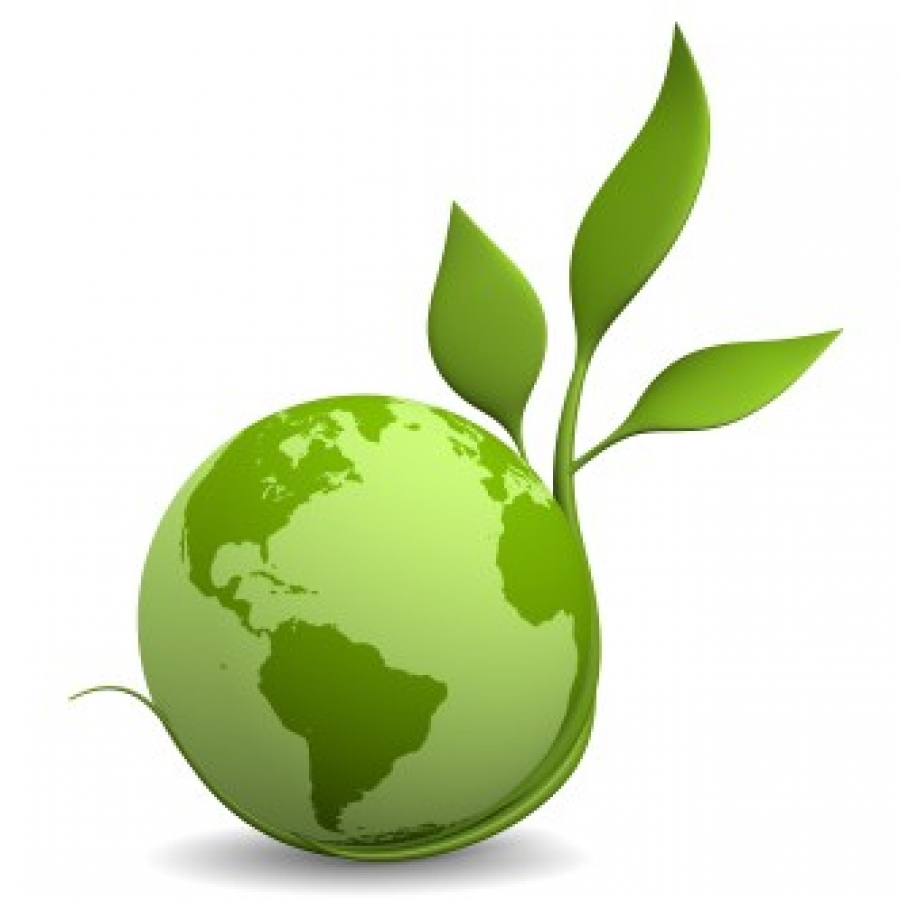State of LEED
Video
alt=""The U.S. Green Building Council’s (USGBC's) Leadership in Energy and Environmental Design (LEED) program is the nation’s leading standards-based green building program. In 2009 the USGBC released its most recent version of the rating system and embarked upon its latest stage of development.

LEED 2009
Throughout the LEED program’s 10-year history, there has been a contention -- echoed throughout the blogosphere -- that the LEED rating system is fatally flawed. LEED detractors have made the point that building designers were long able to earn "easy" points for minor improvements, such as installing bike racks, while avoiding more substantial energy-saving choices, essentially undermining the purpose of LEED. However, LEED 2009 addresses many of the issues that offended the critics of earlier versions.
LEED 2009 represents a restructuring of both the rating system itself and the accreditation and certification processes. Although the scope of changes are significant, Marie Coleman, a Communication Associate at the USGBC, explains, “Every few years since LEED’s inception in 2000, we have created new versions of the rating system based on years of public comments, member submissions and research about how new iterations of LEED can better function for the buildings and the project teams using LEED. So this is a natural evolution and growth of a widely used market tool -- much like how Microsoft debuts new versions of its operating system and software every few years.”
What's Changing?
In order to ensure that the program is focusing on the most critical sustainability issues that face us today, LEED point values have been redistributed to emphasize and reward such key components as improved energy performance, water usage reduction, and carbon dioxide reduction.
??Another break from the past is that the Green Building Certification Institute (a separate nonprofit organization which was established in 2007) is now the overseer of the building certification process.
"Every few years since LEED’s inception in 2000, we have created new versions of the rating system based on years of public comments, member submissions and research about how new iterations of LEED can better function for the buildings and the project teams using LEED. So this is a natural evolution and growth of a widely used market tool -- much like how Microsoft debuts new versions of its operating system and software every few years." Marie Coleman, USGBC Communications Associate.
An improved LEED Online (known as LEED v3) guides builders through the registration and certification processes. First, it identifies the type of certification that is appropriate for the facility. LEED v3 also helps team members to better understand their roles and assign responsibilities and facilitates better communication with certifying bodies. Functionally, LEED v3 guides team members through each step of the review and certification process; documentation submittal should be significantly easier with the new platform.
Building Performance Partnership
Another long-standing criticism of the LEED system has been that buildings may not actually perform as well as their designers predict. Last summer the USGBC announced its Building Performance Partnership, which requests data collection and sharing on the part of building owners and managers. Now that program has been opened to all current whole-building LEED-certified commercial and residential projects. Furthermore, for users of LEED 2009, it is required that data be shared for whole-building energy and water usage; this will fulfill a minimum program requirement. All collected information will be used to construct a green building performance database, which will, according to a USGBC press release, “enable standardization of reporting metrics and analytics to establish new building performance benchmarks.” It is important to note that a building’s failure to perform as expected would NOT result in a loss of certification now. It is possible, however, as the LEED program and green building performance benchmarks continue to be refined, that keeping a certified status will in the future require that a building meet defined performance standards.
Future LEED Updates
Moving forward, the USGBC plans to issue updates of the LEED program every two to three years. So what can we look forward to by the year 2012?
- The USGBC is experimenting with a pilot credit library, where individual credit ideas will be tested before they are integrated into a rating system (allowing LEED users to earn innovation points while these ideas are still in the experimental stage).
- The USGBC is also heavily involved in integrating their green building efforts with those of other programs. For example, the USGBC, along with five other national and international organizations, worked together to develop the International Code Council’s 2009 International Green Construction Code; they are also working with the World Green Building Council and BREEAM to develop common goals and common metrics. Within the U.S., the USGBC supports such programs as CalGreen, and it has shared roots with the Austin Energy Green Building Program, which actually predates LEED.
Perhaps the biggest step forward in 2009 was the USGBC's move to systematize the LEED update process … affirmation that the program is and will continue to be a responsive and evolving entity.

Kristin Dispenza
Kristin graduated from The Ohio State University in 1988 with a B.S. in architecture and a minor in English literature. Afterward, she moved to Seattle, Washington, and began to work as a freelance design journalist, having regular assignments with Seattle’s Daily Journal of Commerce.
After returning to Ohio in 1995, her freelance activities expanded to include writing for trade publications and websites, as well as other forms of electronic media. In 2011, Kristin became the managing editor for Buildipedia.com.
Kristin has been a features writer for Buildipedia.com since January 2010. Some of her articles include:

